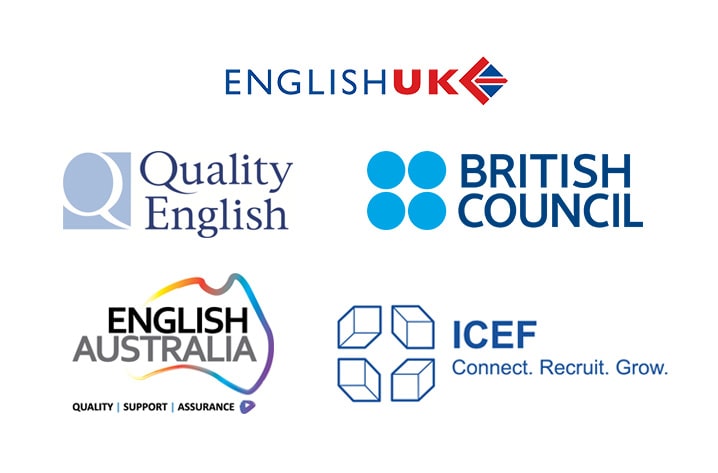People are encouraged to enjoy the innumerable sights, events and activities which Moscow offers its visitors. To immerse the environment and culture, visit:
The Kremlin: From medieval citadel to modern power centre, the Moscow Kremlin has played a dominant role in Russian life for over eight hundred years.
The Red Square: Red Square remains, as it has been for centuries, the heart and soul of Russia. Few places in the world bear the weight of history to the extent that Moscow's central square does. From the 16th Century St. Basil's Cathedral - one of the most famous pieces of architecture in the world - to the constructivist pyramid of Lenin's Mausoleum, Red Square is rich in symbols of Russia's turbulent and intriguing past.
Museums and Galleries: In the Soviet era, Moscow was called the "world capital of museums". It's no surprise, considering that there are over a hundred very different museums open in the city, and each is unique in its own way. That's why anyone paying a visit to the Russian capital will be able to find something to satisfy their interests and passions.
GUM and TSUM: Are the largest, most over-the-top shopping malls in Moscow. GUM faces Red Square; TSUM is across the street, just opposite Karl Marx Place.
Parks and Gardens: Moscow is famous as one of the greenest capitals in the world, with over 100 parks within the city limits, not to mention countless gardens, boulevards and squares.
Source: http://www.moscow.info/attractions/index.aspx







